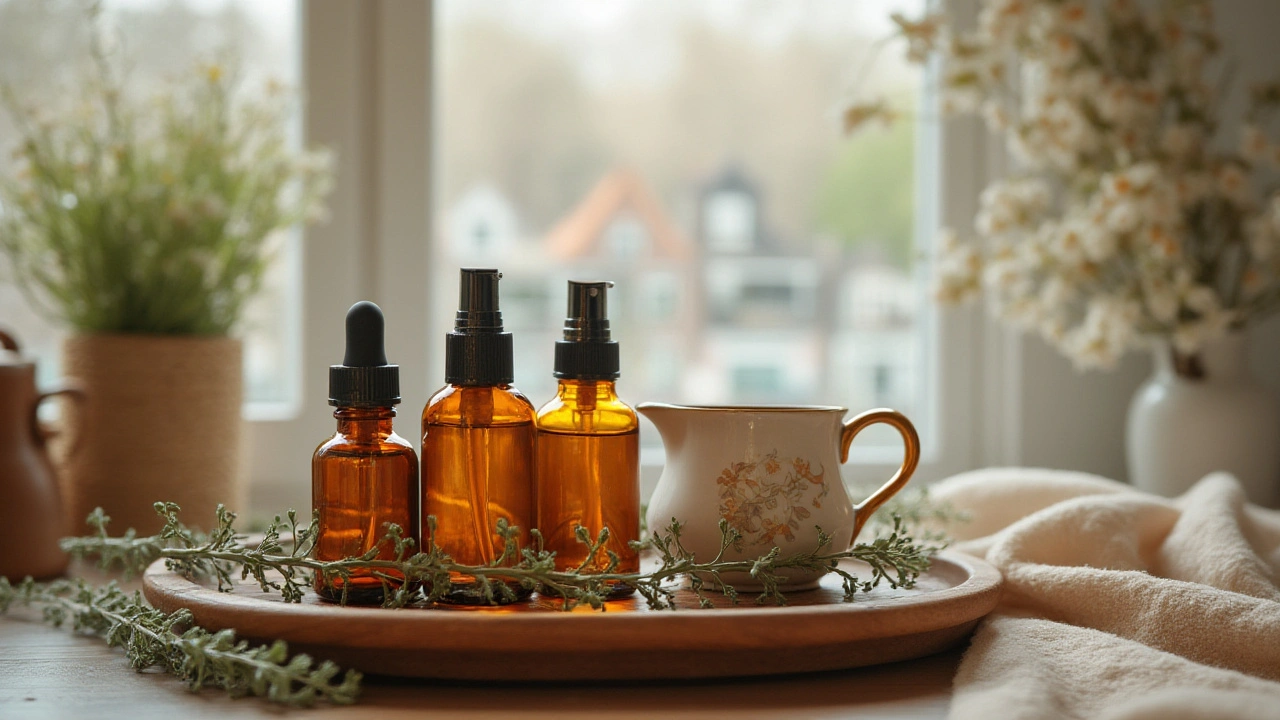Best Oils for Massage – What Works, Why It Works, and How to Use Them
If you’ve ever tried a massage that felt slick and soothing, you know the oil matters. The right oil can lower friction, hydrate skin, and even add a calming scent. Below we break down the top oils, what makes each special, and simple ways to get the most out of your next session.
Top Five Oils Every Home Masseuse Should Keep
Sweet Almond Oil – Light, non‑greasy, and rich in vitamin E, almond oil slides easily and is great for most skin types. It absorbs slowly enough to keep the glide, but fast enough that you won’t feel sticky after the massage.
Jojoba Oil – Technically a liquid wax, jojoba mimics the skin’s natural sebum. That means it’s unlikely to clog pores and works well for oily or acne‑prone skin. Its subtle nutty scent stays out of the way of any aromatherapy you might add.
Coconut Oil (Fractionated) – Regular coconut can be heavy and leave a residue, but fractionated coconut stays liquid at room temperature and feels silky. It’s perfect for longer sessions where you need a steady slip without re‑applying.
Grapeseed Oil – Very light and almost odorless, grapeseed is a favorite for therapists who want the oil to disappear quickly. It’s also high in linoleic acid, which helps keep skin supple.
Argan Oil – A bit pricier, but the antioxidant boost is worth it for dry or mature skin. Argan adds a warm, nutty aroma that pairs nicely with calming essential oils.
How to Choose the Right Oil for Your Needs
First, think about skin type. If you have sensitive or eczema‑prone skin, stick with hypoallergenic options like jojoba or grapeseed. For dry skin, go heavier with almond or argan. Second, consider the massage style. Swedish or relaxation massages benefit from a smoother glide, so an oil with a longer‑lasting feel—like fractionated coconut—is ideal. Deep‑tissue work needs a thinner oil that lets you apply more pressure without pulling, making grapeseed a safe bet.
Don’t forget scent. Some people love the natural nutty smell of almond, while others prefer a neutral base to add lavender or eucalyptus essential oils. If you’re mixing in aromatherapy, pick an oil that won’t clash with the scent profile.
Finally, check the label for additives. Pure, cold‑pressed oils contain no synthetic fragrances or preservatives, which means fewer skin reactions and a cleaner experience.
Pro Tips for Using Massage Oils Like a Pro
Warm the oil before you start. Rub a few drops between your palms for 10‑15 seconds; this prevents a shocking cold sensation on the skin. If you’re using a larger amount, place the bottle in warm water for a minute.
Start with a small amount—about a teaspoon for a full‑body session. You can always add more, but too much makes the surface slippery and hard to control.
For a longer glide, combine two oils. A 70/30 mix of almond and jojoba gives a balanced feel and extends the oil’s life on the skin.
Store oils in a dark, cool place. Light and heat break down fatty acids, causing the oil to go rancid faster. A glass bottle with a tight‑fit cap works best.
After the massage, wipe excess oil with a warm, damp towel. This leaves the skin feeling hydrated without a greasy residue.
Whether you’re a DIY enthusiast or a professional therapist, the right oil can turn a good massage into a great one. Try one of the top five picks, experiment with blends, and notice how your skin reacts. You’ll soon know which oil gives you that perfect, silky glide every time.
Top Essential Oils for a Rejuvenating Foot Massage Experience
Explore the best essential oils for a truly invigorating foot massage. Learn about their unique benefits, how to use them, and get expert tips for the ultimate relaxation.
